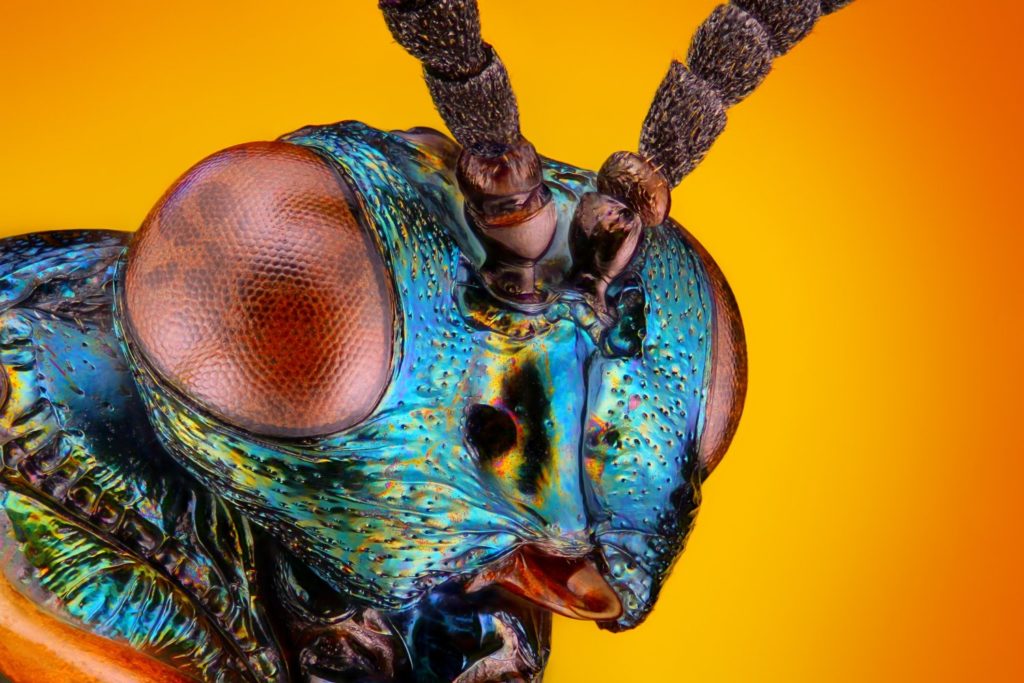This blog post was originally published at Opteran Technologies’ website. It is reprinted here with the permission of Opteran Technologies.
When I interviewed at Beats by Dr. Dre in 2012, I had a long conversation with Jimmy Iovine about how he and Dr. Dre founded Beats. He started by teaching me that a music producer’s job is to create the best version of a song by bringing out the greatness in the artist. He regaled me with stories of monomania for getting the exact right snare drum sound, flexing with the unpredictable human element of the artist, and obsessive tinkering at the sound mixing board, turning knobs and moving sliders, over and over again.
I learned that only the music producer and the artist know how a song truly sounds. As Jimmy explained, they are the only people who heard the final version of the song playback in that music studio, at that moment in time, when they both agreed the song was done. After that, the song goes scattershot out into the world, playing over car radios and through crackly speakers.
With the advent of devices like music players, mobile phones, and iPods, access to music increased but the quality of the audio decreased due to the cheap in-the-box earphones that accompanied these devices. A listener could hear the music, but it was not the song the producer or artist intended; the audio was tinny, highs and lows were dropped, and it was often muddy.
The solution for this problem already existed in 2009 when Beats launched: highly engineered, expensive, large over-the-ear headphones, the equipment that all producers and artists wore in the music studio. Those studio headphones were specifically designed for professional audio quality and thus, the product was limited to the music industry and wealthy audiophiles. No one seriously considered that pre-existing solution for the mass market.
When Jimmy floated the idea of Beats headphones for consumers to his network, many only saw obstacles: kids will never wear big, clunky headphones, average music consumers will never pay hundreds of dollars for headphones, and the technology and engineering are too complex to become affordable for the mass market. By asking a First Principles question – what currently delivers great audio – Jimmy and Dre had the answer, it was already on their ears. To make it an opportunity, they had to add youth culture appeal and value engineering. The $3B sale to Apple in 2014 proved they got it right.
Opteran
Opteran is doing the exact same First Principles, pattern matching that Jimmy and Dre did back in 2009. The problem is not lousy audio; it is the massive challenge of delivering on the promise of autonomous machines and vehicles to create better jobs, better safety, and better communities. Autonomous machines monitoring our health and delivering life-saving medication and assistance; autonomous vehicles rescuing and transporting humans safely away from natural disasters; autonomous industrial machines working routinely on inhospitable environments; and the lists go on.
Autonomous machines and vehicles need to See, Sense, Direct and Decide how and what to do, at all moments in time. Fail-safe software interacting with complex hardware elements must be built for each of these elements. For many years now, efforts have focused on replicating the “human” brain through Machine Learning and the job is getting done with tradeoffs: brittle and opaque neural networks, voracious energy consumption, and unending data feeding and teaching of unlimited changing conditions.
Opteran queried what else besides humans can See, Sense, Direct and Decide and just like with Beats, the answer already existed. Nature has evolved perception, navigation and decision-making for hundreds of millions of years. The Natural Intelligence of insect brains are Opteran’s music studio headphones. The one million neurons of the honeybee brain can perform complicated actions including flying and landing, foraging, and walking around the complex, changing structures of flowers, plants and honeycombs. Opteran brings this natural autonomy to silicon, including being resilient, low power and light weight. Based on over eight years of University research, the Opteran Development Kit (ODK) is the start to enabling machines and vehicles to move just like movement in nature.
Joining the Opteran Board
As the Non-Executive Director to Opteran, my job is to bring my independent judgment to bear on strategy, performance, key appointments and standards of conduct. I was lucky to join Beats and to help build it out globally. Today, I feel just as fortunate to join the Opteran Board of Directors to use my experience and network to help Opteran bring Natural Intelligence to the market. Having helped scale a company built on First Principles at Beats, Opteran’s endeavor to solve today’s movement-based autonomy by looking to nature, where these problems are already solved, is music to my ears.
Rafferty Jackson
Non-Executive Director, Opteran Technologies


